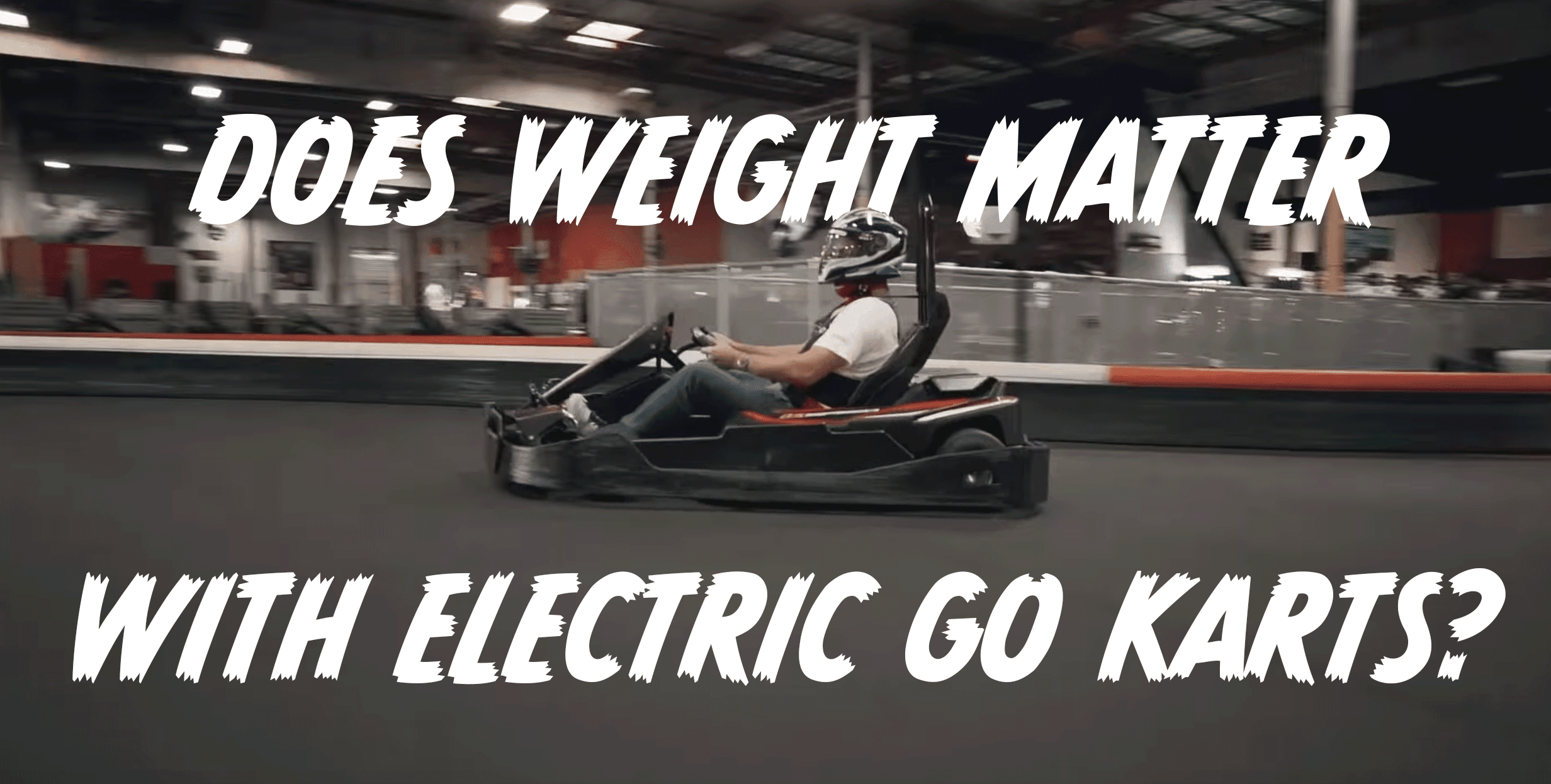Out here in Californy way, one of my favorite places to turn a few laps is at a K1 Speed. This is a chain of indoor karting locations. They have fun track layouts, nice amenities for when you’re done racing, and quality electric karts. The lap timing is clear and easy to read while you’re racing too.
I’ll admit that there have been times when I believe I could’ve beaten a competitor if I had a few less pounds on me. Or they weighed a bit more. It seems I’m wrong though, because the torque provided by an electric kart should negate that weight penalty.
Two drivers of differing size set a few laps. Each did so without a weight penalty, which pitted a 230-lb driver against his 180-lb friend. Then the two went out and set laps wearing a 40-lb weight vest. Neither driver saw worse times. It looks like the instant power of the electric kart overcomes the additional heft.
I’m curious if the story would be different if the drivers were using gas karts. Power-to-weight is a very real thing, and it should be a clear help or hindrance in a kart. I’m quite surprised to find that’s not the case with the karts used in the video above.


Leave a Reply